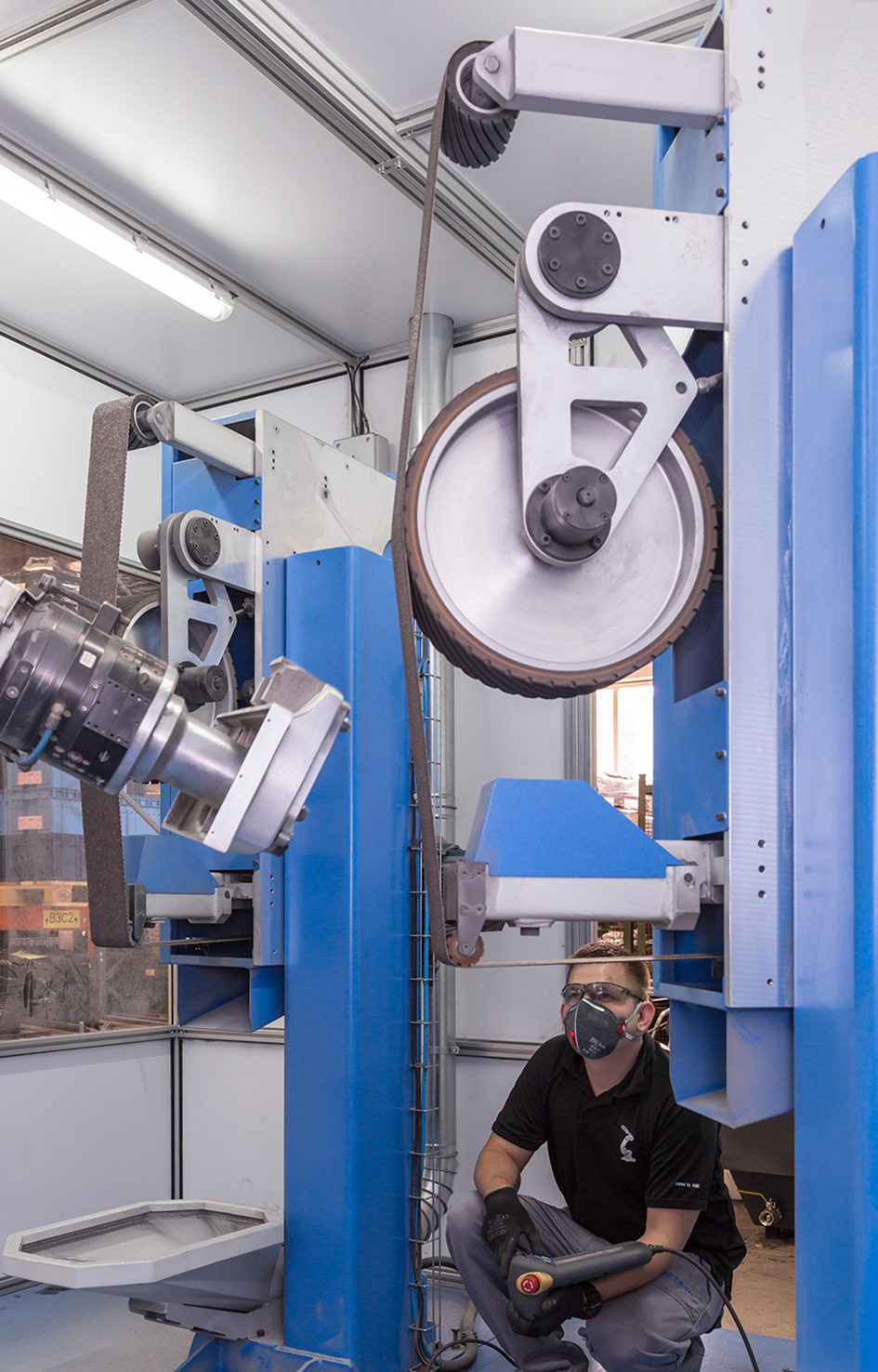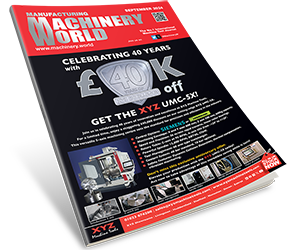Gaining control of the manufacturing process is fundamental to the success of Watford-based Hire Technicians Group. The privately-owned business has evolved from being a tool hire company to a world leader in the design and manufacture of floor sanders and steam wallpaper strippers.
Trading as Hiretech, the tool rental business started in the 1950s and grew significantly, with representation in Homebase stores across the country by the mid-1980s. However, the company had recognised a shift in the tool hire business towards fewer players in the market who could provide a one-stop shop for the building sector. By then Hiretech had already begun to evolve into a manufacturer, with the development of a series of ‘professional’ floor sanders. These were marketed to the hire sector, and the company now claims a 95 per cent UK market share, supplying businesses such as HSS, Travis Perkins and Jewson. This manufacturing success saw Hiretech withdraw completely from tool hire in 1998 to focus on manufacturing and grow global sales, with the opening of distributors in America and Australia. Driving this was a willingness on the part of current managing director, Mark Rogers, to invest in manufacturing technology, with everyone employed keeping an eye open for opportunities to improve productivity and develop lean manufacturing, vital for a business with just 16 employees.
Evidence of this investment strategy can be seen in a trio of high-end four axis machining centres, that provide way more capacity than Hiretech needs on a daily basis, Manufacturing Manager Ron Putta explains: “We always start at the top end of the specification list when looking at new equipment and work from there. Being a privately-owned business we can also make decisions to invest that may seem illogical for others. Our machining centres are a prime example, as we now have a high level of redundancy, but also much greater flexibility and can swap work around as and when required between machines. There is also a desire to gain as much control over our production as we can. This control drove our decision to invest the Autopulit robot grinding, brushing and polishing cell from Ellesco. We can now do all of the polishing in-house, under our control, allowing us to meet our customers’ needs more efficiently. If an investment can break even we see that as a positive, with the Autopulit cell we are seeing much better than that through the control and increased productivity that we get from bringing the process in-house.”
The Autopulit cell from Ellesco fully automates the grinding, brushing and polishing of a number of components on Hiretech’s floor sanders. It features an ABB robot, automated part loading with a chip reading system that identifies which part is being picked up by the robot, selecting the relevant part programme which allows a mixture of differing parts to be run at any one time. There are three belt grinding stations, each with different abrasive grit, a brushing station for cleaning up certain areas of the castings and a double-headed polishing unit with oscillation and automatic polishing compound application via spray guns. While many OEMs see sub-contract as a way to reduce cost and eliminate in-house manufacturing, Hiretech takes the opposing view and its program of investment is allowing it to increase in-house production to over the 80 per cent mark. The Autopulit cell is playing an important role in that change and strategy.
While investment will be made freely, it is always as a result of detailed thinking and evaluation at Hiretech. The Autopulit cell is a case in point, with the seeds being sown several years ago at a visit to the MACH exhibition. Two years later at the next MACH, Ron Putta spoke to Ellesco about robots and how they could improve productivity. “It was definitely a slow burner, but we recognised issues surrounding our external suppliers of polishing, they were becoming unreliable, then one went out of business the next closest supplier would have been in Birmingham. Then, our American distributor won significant business from Home Depot, and our deliveries of polished parts began to drift. We did consider bringing manual polishing in-house but ruled that out due to the level of labour required and associated issues of finding staff with those skills, and the consideration that it is a heavy and dirty job and the concerns that this raised in terms of health and safety. This made the idea of robot polishing ever more attractive. At that point we started serious discussions with Ellesco and Autopulit.”
The next stage was for Autopulit to prove out the process which resulted in some bespoke elements being built into the system as Hiretech, unlike many of Autopulits’ customers, wanted to process raw castings which, of course, vary in dimensions. The solution was to re-engineer the belt stations with a floating head solution and pressure sensitivity. Where excess material was encountered this allowed the contact pressure to be adjusted automatically, ensuring consistent processing and surface finish. One other aspect of this transition from sub-contract polishing to in-house was the steep learning curve, not only in operating the system, but also understanding what Ron Putta describes as the ‘black art’ of polishing. “With such a lean team here at Hiretech we have to include people in our plans, get them involved and, give them ownership of processes.” With the Autopulit cell this fell to machine operator Sandor Toth, who was more familiar with metal cutting on Hiretech’s machining centres and sliding head lathes. As part of his introduction to the cell and polishing Sandor spent two weeks working with Autopulit’s engineers on-site at Hiretech and, a further three days on a robot operation course at ABB learning the basics of programming the robot. While the teach type programming of the robot is very different from programming a conventional CNC machine with fixed axes, the system makes it very easy to learn. All that was required then was to understand the intricacies of polishing.
Evidence that this learning curve is levelling out is seen in the time taken to process the largest casting used by Hiretech through the Autopulit cell. From loading to unload the entire polishing process is completed in 10 minutes. Using sub-contract, manual, polishing Ron Putta estimates a process time of one hour, plus the additional cost of transport and work in progress. “The automation of the process has eased the transition into polishing in-house, while we still need an understanding of the polishing process, in regard to compounds and grits etc, the robot and automation has a major impact on workflow and productivity and we now have a different skill set and disciplines, which Sandor has embraced.”
Ellesco’s Colin Moon adds: “The team at Hiretech fully embraced the Autopulit technology and quickly recognised what it could bring to their business. Working with them was a refreshing change due to their enthusiasm for the process and obvious delight in what the Autopulit cell was bringing to their business in terms of production control, efficiency and cost savings and overall component quality and consistency.”







